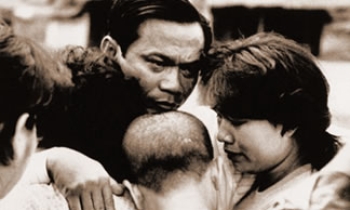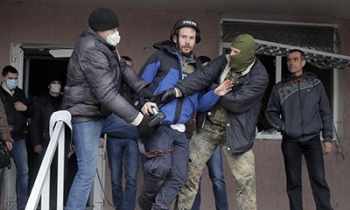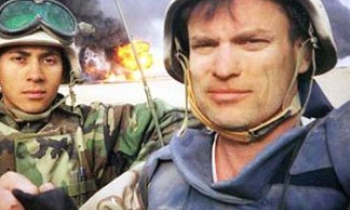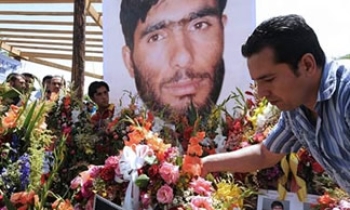A total of eight Tribune readers called me to comment on the problem that challenged and vexed newspapers across the country this week: false reports of 12 survivors in the Sago Coal Mine explosion instead of the one man who actually survived the disaster.
Of the readers who called, six were amazed that The Tribune had the correct number of survivors and two were curious about the process that put a paper in the yard proclaiming 12 men had survived the explosion and the bad air in the shaft.
The explanation for what happened at The Tribune is fairly simple and demonstrates how people from all newspaper departments contribute to the product. News Editor Michael Nakoryakov was almost home early Wednesday morning when he got a call on his cell phone from someone in the production department who said only one miner had survived, not 12. Nakoryakov turned around and sped back to The Tribune office, where he used his computer to pull the incorrect story and headline off the page and insert the correct material.
The presses were already running, so it was a scramble to get the corrected pages done in order to get the final 80,000 of The Tribune's 130,000 papers printed with the factual story, based on reports from the mining company officials. The other 50,000 papers were printed with earlier reports that 12 miners had survived.
Newspapers across the country faced the same problem. Those in the West were most successful in printing copies of the paper with the correct numbers, because the time zones allowed them more time.
After the scrambling came the blame game - who was responsible for reporting the incorrect facts - and finally the hand-wringing and garment-rending.
Some media critics and journalism professors said it was a dark day for the industry. One even said it was a disgrace.
Oh, get over yourselves.
Anyone who watched the cable TV coverage of the disaster on Tuesday night can understand how reporters got caught up in the emotion of the scores of miners' relatives who wanted a miracle and then thought they had one.
But the big lesson that should come out of this is simple: Reporters cannot allow the emotions they see in an unfolding story to take them over. Faced with a group of people rushing out of the Sago Baptist Church and praising God, raising hymns like "How Great Thou Art," and then falling into each others' arms, a reporter should take careful notes and then should begin to think of the questions that need answers.
If West Virginia Gov. Joe Manchin actually verified the number of survivors, then someone should have asked him how he knew that. The only thing TV viewers could actually see Manchin doing was sticking his thumb up in the air and saying, "Believe in miracles."
That statement is not a verification of the number of survivors.
Someone needed to ask some tough questions right away.
Lewis Cope, retired science writer of the Minneapolis Star Tribune and past president of the National Association of Science Writers, posted an interesting comment on the Poynter Institute Web site:
"Much good debate is now under way about the news coverage of the miners' deaths. Please allow me, as a retired science and medical reporter, to make a point that I haven't seen:
"As I followed the TV coverage that night, I kept wanting some reporter, any reporter, to ask: What shape are the miners in?
"If the answer was 'nobody knows,' then how do we know they are even alive? If the answer was 'good enough shape to be walking out the mine on their own,' then I would have been skeptical of the entire story being handed out.
"Good journalism starts with good questions. And too few were being asked that night."









